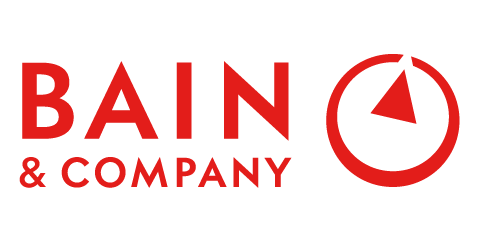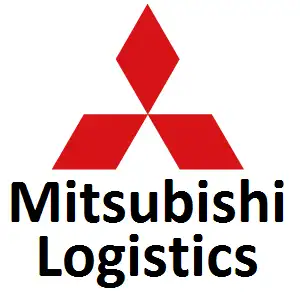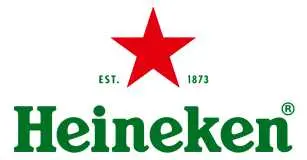
KSA Transportation and Warehousing Market Growth, Size, Trends, Revenue and Future Challenges
KSA Transportation and Warehousing Market Size- By Road Freight Market, By Warehousing Market- Regional Outlook, Competitive Strategies and Segment Forecasts to 2032
| Published: Jan-2023 | Report ID: AMIN2309 | Pages: 1 - 103 | Formats*: |
| Category : Automotive & Transportation | |||
- Economic Growth and Industrial Development: KSA's strong economic growth and ongoing industrial development initiatives, such as Vision 2030, have led to increased trade activities and demand for transportation and warehousing services. Infrastructure projects, including ports, airports, and logistics parks, further support the growth of the sector.
- Rising Consumer Demand and E-commerce: Increasing consumer purchasing power, population growth, and a growing e-commerce sector drive demand for efficient transportation and warehousing services. The surge in online shopping necessitates robust logistics networks and distribution centers to handle e-commerce shipments.
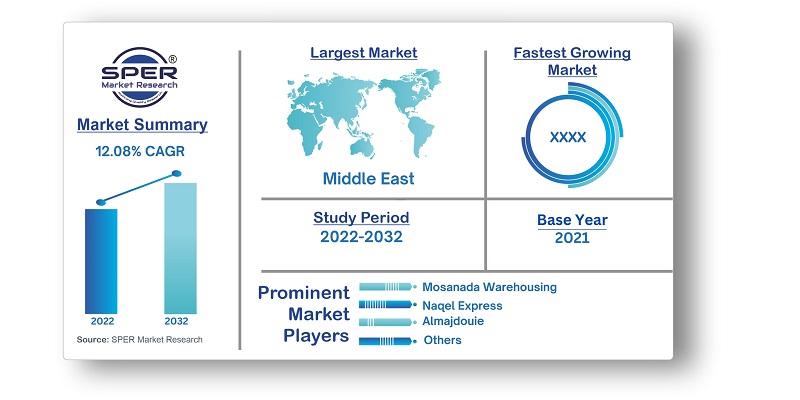
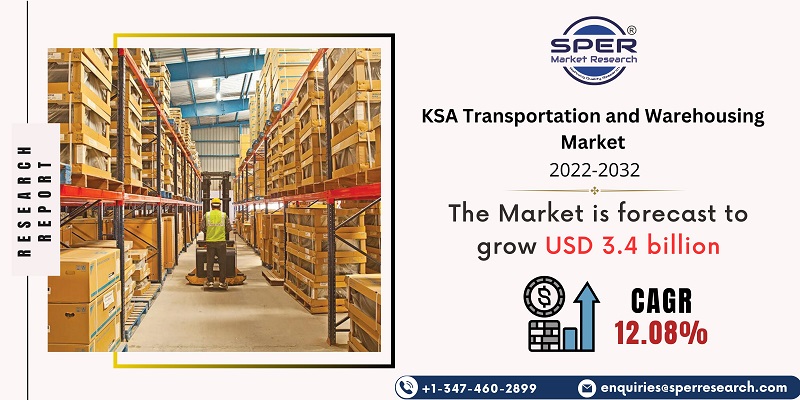
| Report Metric | Details |
| Market size available for years | 2019-2032 |
| Base year considered | 2021 |
| Forecast period | 2022-2032 |
| Segments covered | By Road Freight Market, By Warehousing Market |
| Regions covered | Abha, Burdaiah, Dammam, Jeddah, Medina, Riyadh, Others |
| Companies Covered | Mosanada Warehousing, Naqel Express, Almajdouie, LSC Warehousing, Panalpina, Kuehne + Nagel, United Warehousing Co, DHL, Wared Logistics, Basem International Shipping & Logistics Co. Ltd., Tamer Logistics, Hala Supply Chain, Mubarrad (Saudi Transport & Investment Co.), Aramex, Agility, BAFCO Logistics, DB Schenker, Fedex-TNT, Others |
- International Domestic Freight Forwarders
- Logistics Companies
- Logistics Consultants
- Warehousing Companies
- Others
| By Road Freight Market: |
|
| By Warehousing Market: |
|
- KSA Transportation and Warehousing Market Size (FY’2023-FY’2032)
- Overview of KSA Transportation and Warehousing Market
- Segmentation of KSA Transportation and Warehousing By Road Freight Market (By LTL/FTL, By Type of Fleet Operators, By End User)
- Segmentation of KSA Transportation and Warehousing Market By Warehousing Market (By Grade A, B and others, By Business Model, By End Users)
- Statistical Snap of KSA Transportation and Warehousing Market
- Expansion Analysis of KSA Transportation and Warehousing Market
- Problems and Obstacles in KSA Transportation and Warehousing Market
- Competitive Landscape in the KSA Transportation and Warehousing Market
- Impact of COVID-19 and Demonetization on KSA Transportation and Warehousing Market
- Details on Current Investment in KSA Transportation and Warehousing Market
- Competitive Analysis of KSA Transportation and Warehousing Market
- Prominent Players in the KSA Transportation and Warehousing Market
- SWOT Analysis of KSA Transportation and Warehousing Market
- KSA Transportation and Warehousing Market Future Outlook and Projections (FY’2023-FY’2032)
- Recommendations from Analyst
1.1. Scope of the report1.2. Market segment analysis
2.1 Research data source
2.1.1 Secondary data2.1.2 Primary data2.1.3 SPER’s internal database2.1.4 Premium insight from KOL’s
2.2 Market size estimation
2.2.1 Top-down and Bottom-up approach
2.3 Data triangulation
4.1. Driver, Restraint, Opportunity and Challenges analysis
4.1.1 Drivers4.1.2 Restraints4.1.3 Opportunities4.1.4 Challenges
4.2. COVID-19 Impacts of the KSA Transportation and Warehousing Market
5.1. SWOT analysis
5.1.1 Strengths5.1.2 Weaknesses5.1.3 Opportunities5.1.4 Threats
5.2. PESTEL analysis
5.2.1 Political landscape5.2.2 Economic landscape5.2.3 Social landscape5.2.4 Technological landscape5.2.5 Environmental landscape5.2.6 Legal landscape
5.3. PORTER’S five forces analysis
5.3.1 Bargaining power of suppliers5.3.2 Bargaining power of Buyers5.3.3 Threat of Substitute5.3.4 Threat of new entrant5.3.5 Competitive rivalry
5.4. Heat map analysis
6.1 KSA Transportation and Warehousing Manufacturing Base Distribution, Sales Area, Product Type6.2 Mergers & Acquisitions, Partnerships, Product Launch, and Collaboration in KSA Transportation and Warehousing Market
7.1 By Type of Fleet Operators
7.1.1 Small Fleet Operators7.1.2 Medium Fleet Operators7.1.3 Large Fleet Operators
7.2 By LTL/FTL
7.2.1 LTL7.2.2 FTL
7.3 By End User
7.3.1 Automotive and Spare parts7.3.2 Food and Beverage7.3.3 Oil and Gas
7.3.4 Pharma7.3.5 Retail7.3.6 Others
8.1 By Business Model
8.1.1 Agriculture8.1.2 Cold Storage8.1.3 Container Freight/ICDs8.1.4 Industrial/Retail Warehouses8.1.5 Others
8.2 By Grade A, B and others
8.2.1 Grade A Warehouses8.2.2 Grade B and others
8.3 By End Users
8.3.1 3PL8.3.2 Automotive and Engineering8.3.3 E commerce8.3.4 FMCG8.3.5 Manufacturing8.3.6 Retail8.3.7 Others
9.1 KSA Transportation and WarehousingSize and Market Share by Region (2019-2025)9.2 KSA Transportation and WarehousingSize and Market Share by Region (2026-2032)9.3 Abha9.4 Burdaiah9.5 Dammam9.6 Jeddah9.7 Medina
9.8 Riyadh9.9 Others
10.1 Agility
10.1.1 Company details10.1.2 Financial outlook10.1.3 Product summary10.1.4 Recent developments
10.2 Almajdouie
10.2.1 Company details10.2.2 Financial outlook10.2.3 Product summary10.2.4 Recent developments
10.3 Aramex
10.3.1 Company details10.3.2 Financial outlook10.3.3 Product summary10.3.4 Recent developments
10.4 BAFCO Logistics
10.4.1 Company details10.4.2 Financial outlook10.4.3 Product summary10.4.4 Recent developments
10.5 Basem International Shipping & Logistics Co. Ltd.
10.5.1 Company details10.5.2 Financial outlook10.5.3 Product summary10.5.4 Recent developments
10.6 DB Schenker
10.6.1 Company details10.6.2 Financial outlook10.6.3 Product summary10.6.4 Recent developments
10.7 DHL
10.7.1 Company details10.7.2 Financial outlook10.7.3 Product summary10.7.4 Recent developments
10.8 Fedex-TNT
10.8.1 Company details10.8.2 Financial outlook10.8.3 Product summary10.8.4 Recent developments
10.9 Hala Supply Chain
10.9.1 Company details10.9.2 Financial outlook10.9.3 Product summary10.9.4 Recent developments
10.10 Kuehne + Nagel
10.10.1 Company details10.10.2 Financial outlook10.10.3 Product summary10.10.4 Recent developments
10.11 LSC Warehousing
10.11.1 Company details10.11.2 Financial outlook10.11.3 Product summary10.11.4 Recent developments
10.12 Mosanada Warehousing
10.12.1 Company details10.12.2 Financial outlook10.12.3 Product summary10.12.4 Recent developments
10.13 Mubarrad (Saudi Transport & Investment Co.)
10.13.1 Company details10.13.2 Financial outlook10.13.3 Product summary10.13.4 Recent developments
10.14 Naqel Express
10.14.1 Company details10.14.2 Financial outlook10.14.3 Product summary10.14.4 Recent developments
10.15 Panalpina
10.15.1 Company details10.15.2 Financial outlook10.15.3 Product summary10.15.4 Recent developments
10.16 Tamer Logistics
10.16.1 Company details10.16.2 Financial outlook10.16.3 Product summary10.16.4 Recent developments
10.17 United Warehousing Co
10.17.1 Company details10.17.2 Financial outlook10.17.3 Product summary10.17.4 Recent developments
10.18 Wared Logistics
10.18.1 Company details10.18.2 Financial outlook10.18.3 Product summary10.18.4 Recent developments
SPER Market Research’s methodology uses great emphasis on primary research to ensure that the market intelligence insights are up to date, reliable and accurate. Primary interviews are done with players involved in each phase of a supply chain to analyze the market forecasting. The secondary research method is used to help you fully understand how the future markets and the spending patterns look likes.
The report is based on in-depth qualitative and quantitative analysis of the Product Market. The quantitative analysis involves the application of various projection and sampling techniques. The qualitative analysis involves primary interviews, surveys, and vendor briefings. The data gathered as a result of these processes are validated through experts opinion. Our research methodology entails an ideal mixture of primary and secondary initiatives.
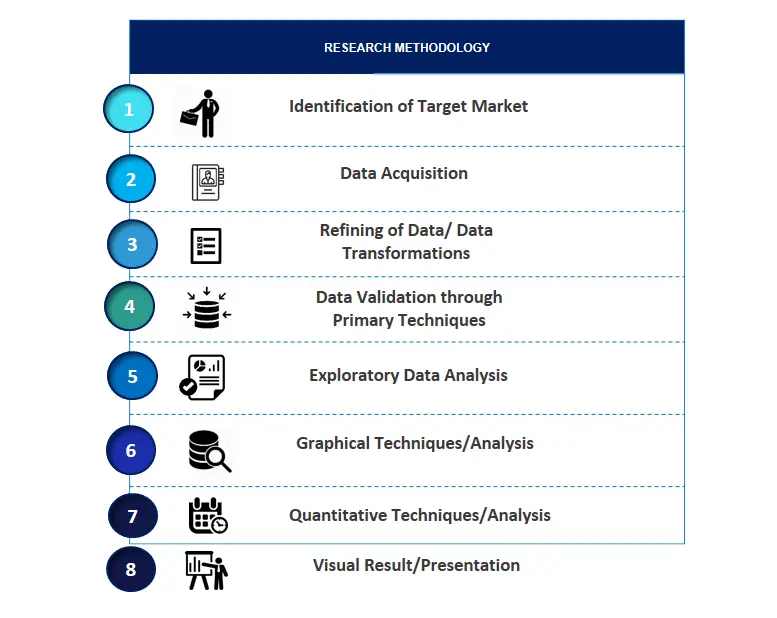
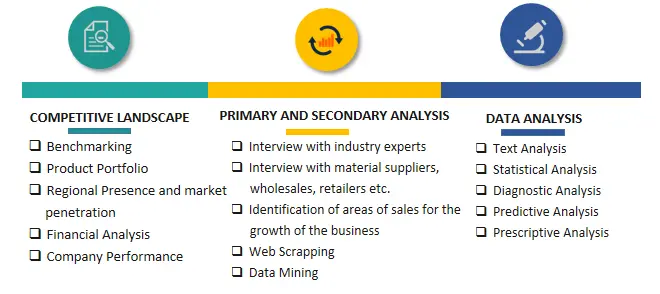

Frequently Asked Questions About This Report
PLACE AN ORDER
Year End Discount
Sample Report
Pre-Purchase Inquiry
NEED CUSTOMIZATION?
Request CustomizationCALL OR EMAIL US
100% Secure Payment

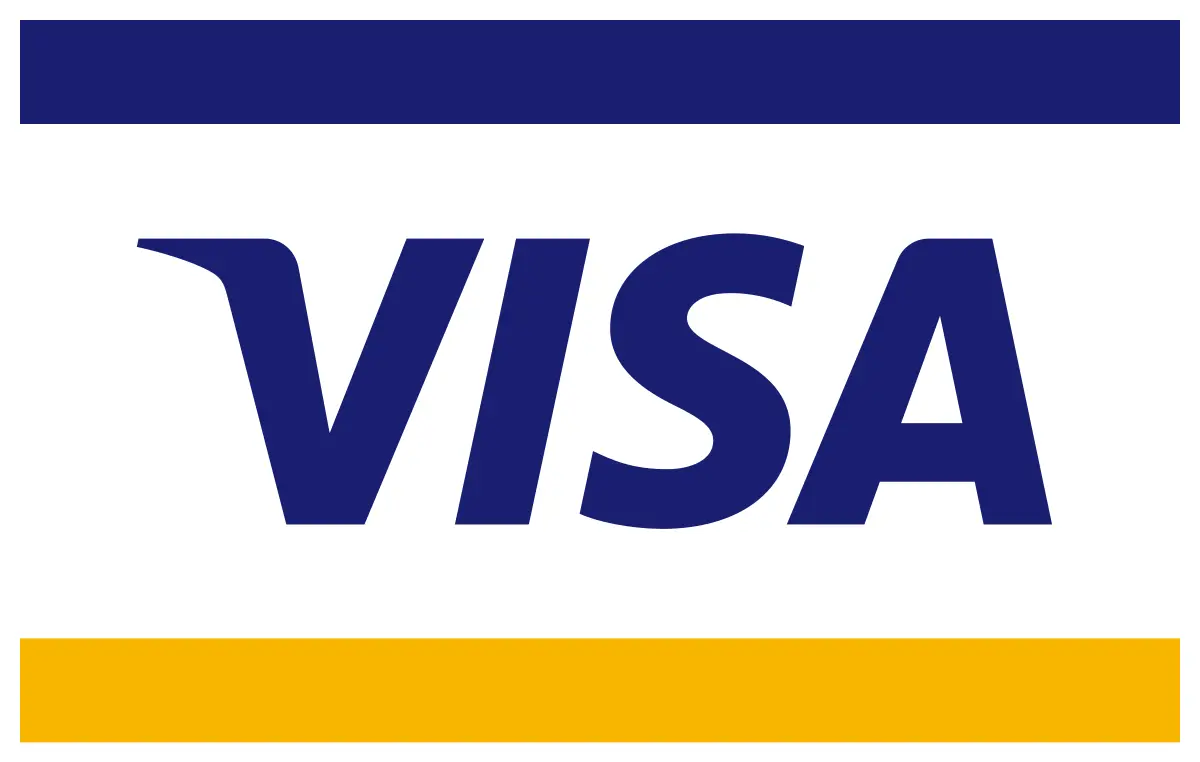




Related Reports
Our Global Clients
Our data-driven insights have influenced the strategy of 200+ reputed companies across the globe.







